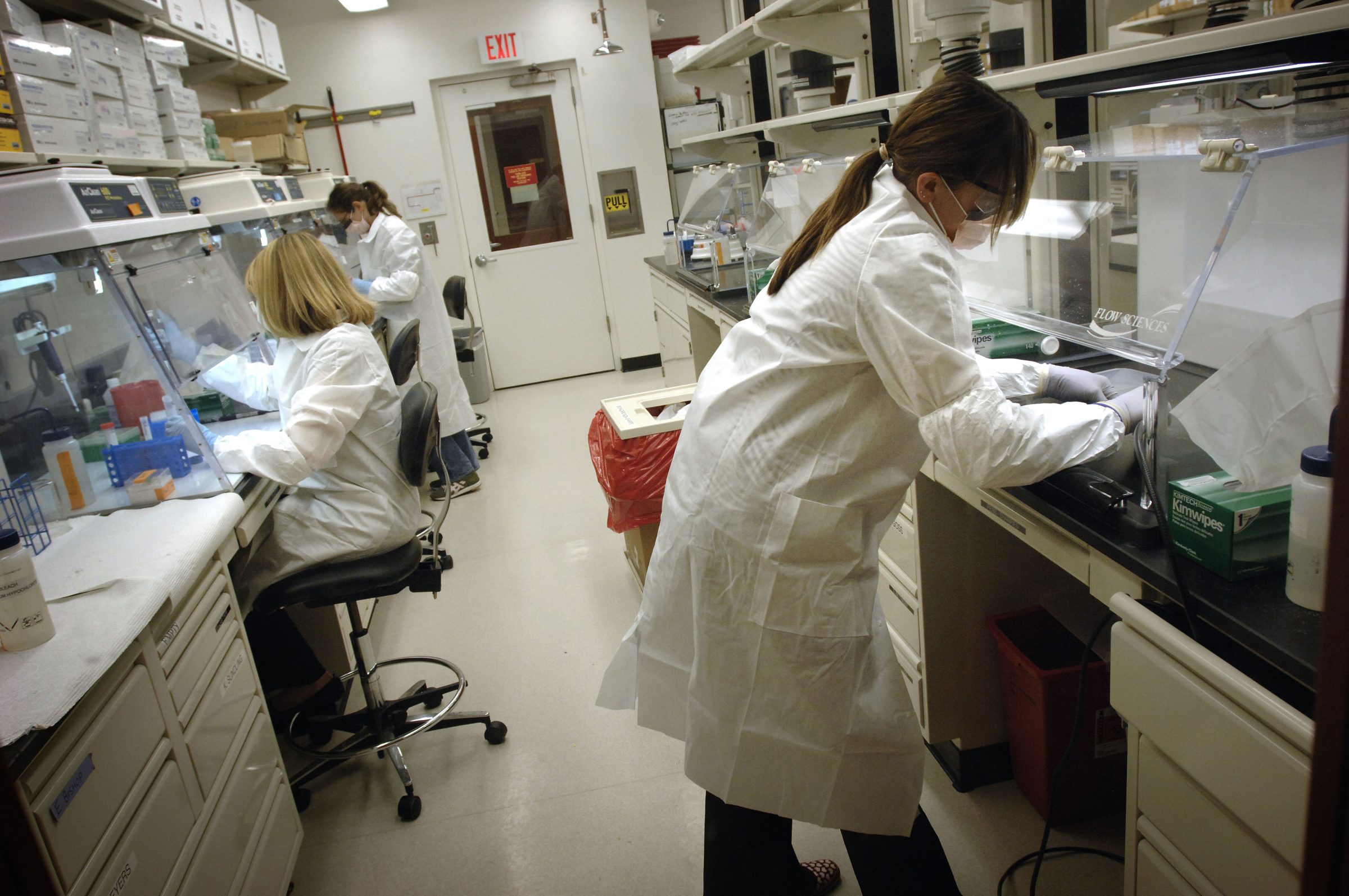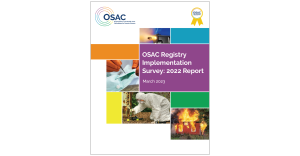Is it possible for a forensic examiner to receive too many details about a piece of evidence? Contextual information such as where the evidence was collected and the environment at the scene may be helpful, or it could create unintentional bias.
Dr. William Thompson of the University of California, Irvine collaborated with the National Institute of Justice to examine contextual bias. In a report published in April 2019, Thompson explores strategies for ensuring forensic examiners have enough detail to perform a rigorous scientific examination while also shielding them from potentially biasing contextual information.
Thompson Explored Three Potential Solutions:
- The Case Manager Model:
- Functions in the laboratory are separated between case managers and examiners. Managers are fully informed about context, while analysts are provided with only the information needed for specific analytical tasks
- Sequential Unmasking:
- Sequencing the order of various analytic tasks to ensure examiners make key analytics judgments before being exposed to biasing information
- Blind Re-Examination:
- Key judgments of an initial non-blind examiner are replicated by a second examiner who has not been exposed to potentially biasing information.
Learn more about these strategies, and the role contextual information plays in an examiner’s decision-making process in “Developing Effective Methods for Addressing Contextual Bias in Forensic Science.”
For an inside look at bias, review our interview with CSAFE psychologists. The Innocence Project is also tackling the effects of bias in forensic science. Find more details in our guest post.





